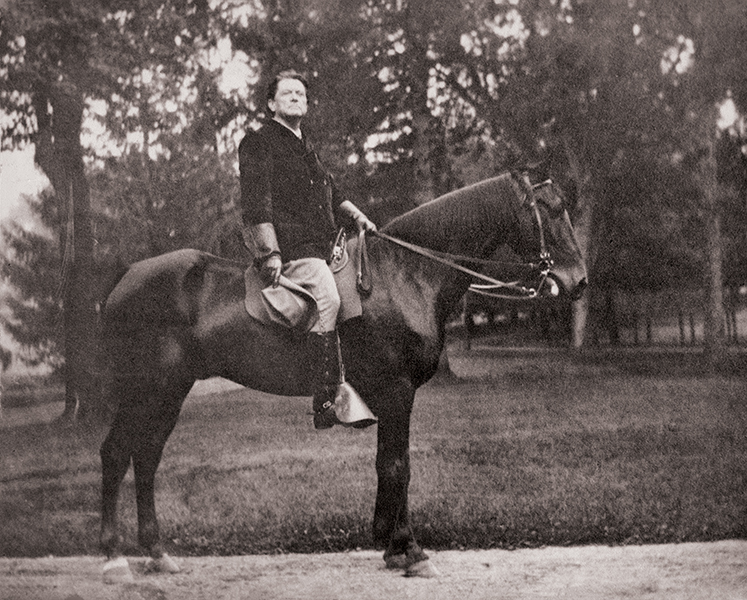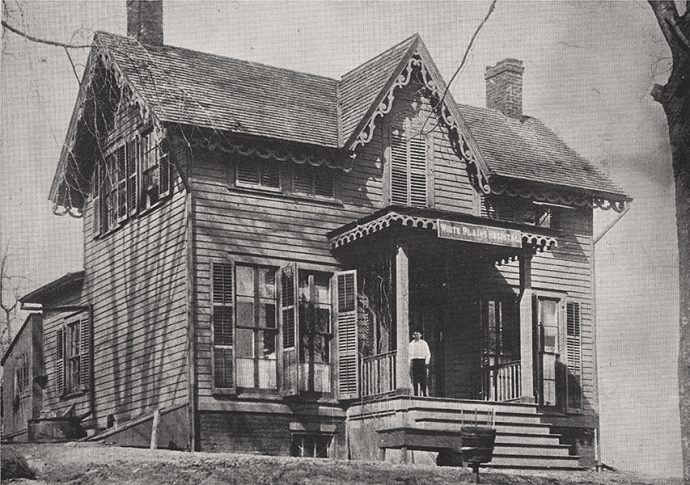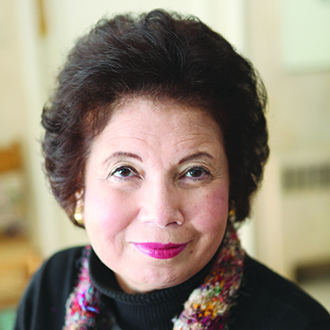White Plains Hospital, celebrating 125 years of service to the community this year, got its start in a converted house in the city’s Chatterton Hill section, not far from the current state-of-the-art medical facility on East Post Road.
Over the years, the hospital has become well known as a center of excellence for patients in Westchester and Fairfield counties and has remained “ahead of the curve” with new treatments and technology.
When White Plains Hospital was first established, the then-village of White Plains had the highest death rate in Westchester County, with pneumonia the principal cause. Many people looked at doctors with suspicion and hospitals were often regarded as a last resort before dying.

Despite this attitude, a group of 22 women and three men were determined to give White Plains a much-needed medical facility and organized themselves into the hospital’s first board of managers. The group was led by H. Ernest Schmid, MD, a dashing and well-known figure in the community. For 30 years, he visited patients from one end of the county to the other, either on horseback or in a buggy.
The first White Plains Hospital was far from impressive in appearance and amenities. Four beds and other furnishings were provided by the women on the board of managers. There was a lack of plumbing, an operating room without an operating table and a shed of a kitchen — all on a site that was described as “bleak.”
Despite the drawbacks, 28 patients were cared for — and cured — during the first year of operation. Grateful for its existence, members of the community gave what they could in materials so the hospital could continue its work.
Four years later, the hospital’s managers realized that the house on Chatterton Hill was inadequate. In 1897, the Fisher house on Lexington Avenue was purchased and opened with 12 beds. By the spring of 1903, the managers planned another move, purchasing property on which the present hospital now stands. Described as a “little red brick building,” the new hospital opened on Jan. 1, 1907, at a cost of $84,000.
The turn of the 20th century marked the beginning of many new initiatives for the fledgling hospital. Within the next three years, it opened its own laboratory and nurses’ residence and selected its first resident physician, Edwin G. Ramsdell, MD, who later became chief of staff. His son, John, later held the same post until 1979.
In 1924, the hospital opened a new wing with furnishings supplied by the White Plains Auxiliary. By then, it had 100 beds. Another addition during the next three years brought the bed capacity to 122.
The Outpatient Department Clinic was opened in 1930 during the height of the Great Depression. Staff doctors volunteered their services and the Junior League assumed clerical responsibilities. (In l982, the department would be reorganized as the Family Health Center, with full-time physicians serving the indigent community.)
By 1937, the board of governors decided the original brick building was no longer adequate and launched a capital campaign to raise $1.2 million. The old building was demolished and a new building constructed and dedicated on Dec. 24, 1939. As the century progressed, the hospital continued to grow, adding more wings and services and keeping pace with breakthroughs in medical technology.
One man who has seen much of that growth and progress is Ossie Dahl, who has been with the hospital for 39 years, most recently as vice president of facilities, and is now part-time administrative director of facilities.
Dahl explains, “What started out as a small single-family house is now a large ‘super block’ complex with our own parking garage and a cancer center that opened in 2015. The cancer center is totally state-of-the-art and provides the very latest in high-tech treatment.”
Dahl is proud of the hospital and what it has accomplished over the past 125 years. “The community grew and changed and we grew with it,” he says. “Personally, I don’t mind saying I think we are the finest hospital in Westchester. The patients we draw from other towns and communities are a testament to that.
“Our emergency room serves 60,000 patients each year, and we helped to pick up the overall demand caused by the closings of St. Agnes and United hospitals.”
Dahl adds that he feels privileged to have been able to work at White Plains Hospital and see it from many sides for so long. “The staff here, both medical and nonmedical, is just great,” he says. “They are always looking out for the community and what they need. I never thought even once of leaving once I joined the team.”
It’s a sentiment shared by others, he adds. “We know the meaning of teamwork and the vast majority of us are very happy in what we do here.”
In his current role, Dahl is in charge of renovations being done to the interior of the hospital complex: “I couldn’t think of anything else I’d rather be doing. The hospital’s future is exciting and I am pleased to still be a part of it.”
Dahl says that White Plains Hospital has always been a true leader, never hesitating to invest in equipment and techniques that would improve outcomes for its patients.
“We are the best at what we do,” he says. “We care about the people and that caring is reflected in the quality of the services we provide. We are an important part of the fabric and life of the community and White Plains and the surrounding area would not be the same without our presence here.”
For more, visit wphospital.org.





